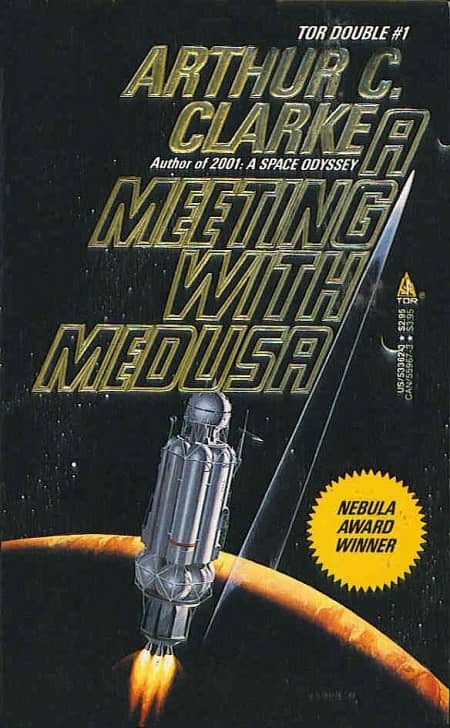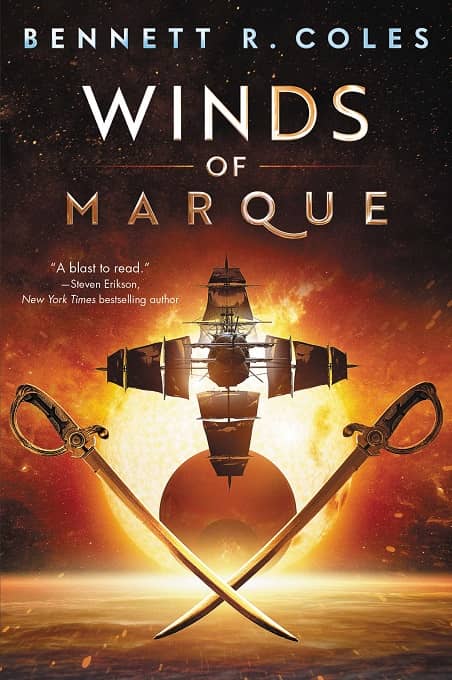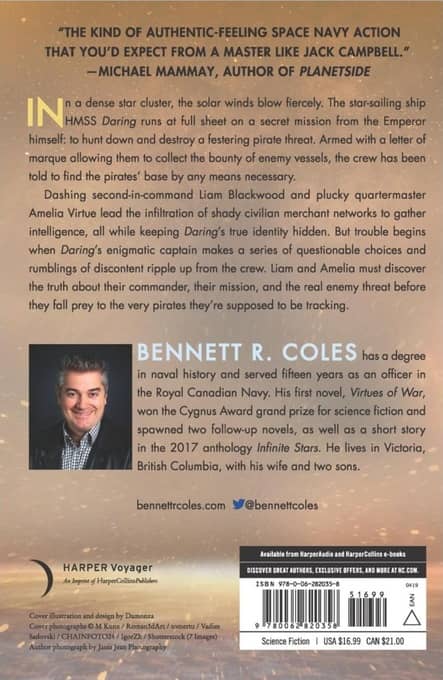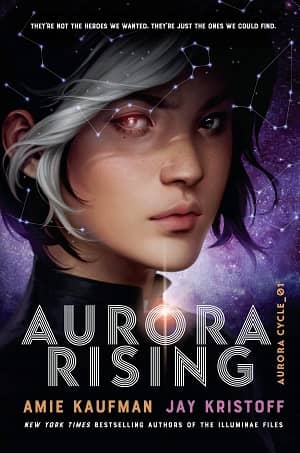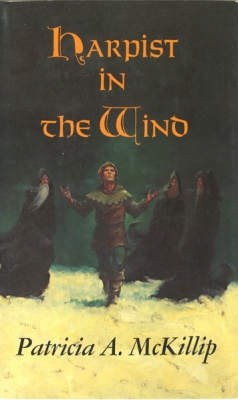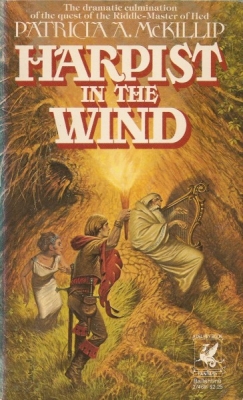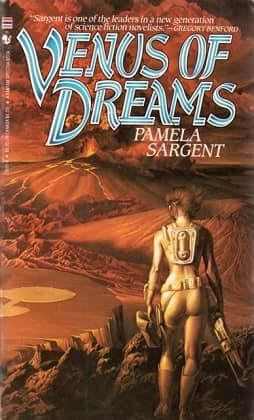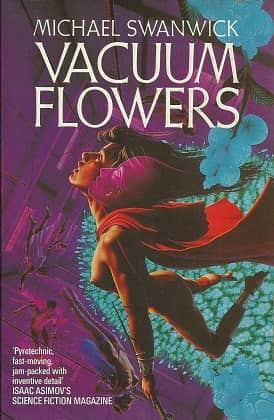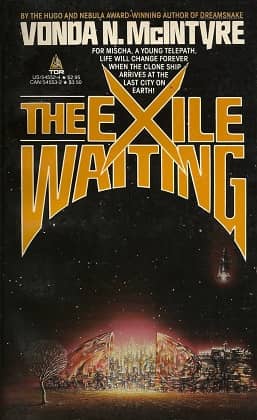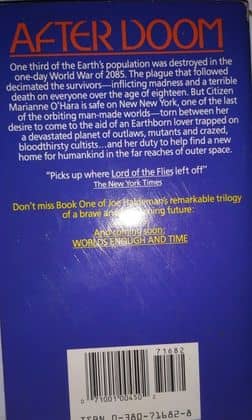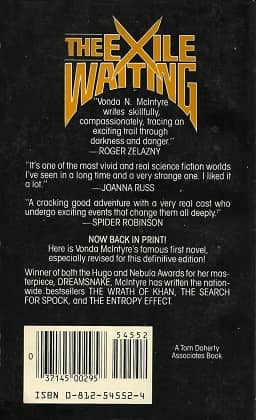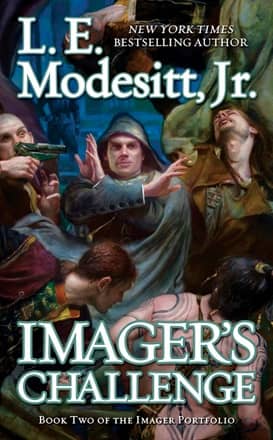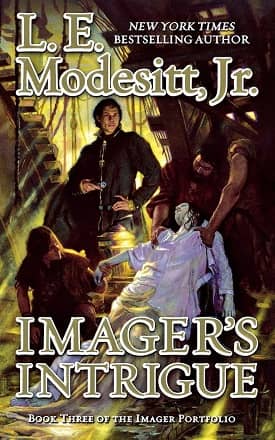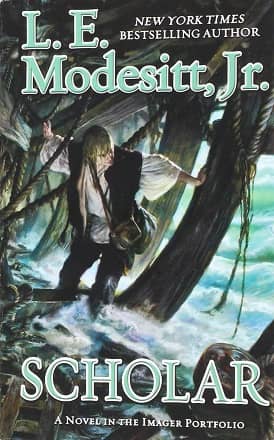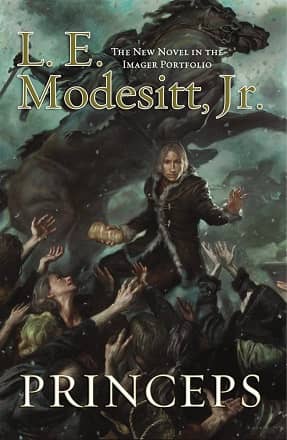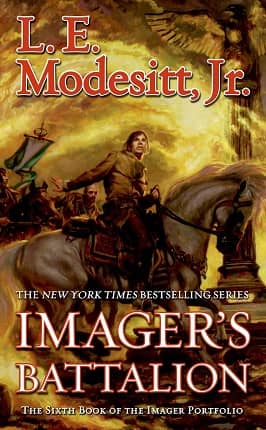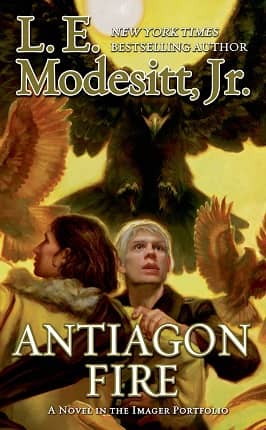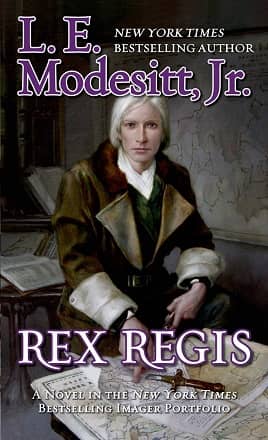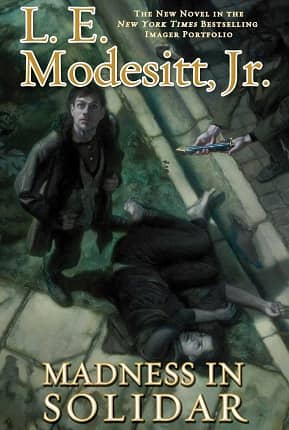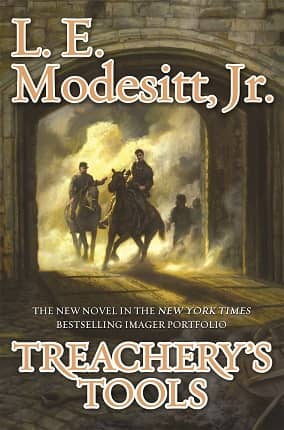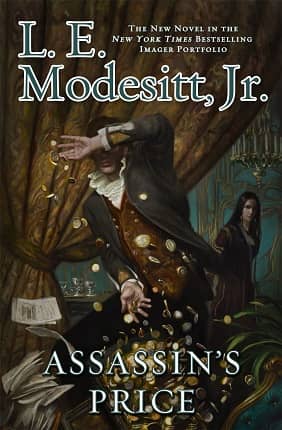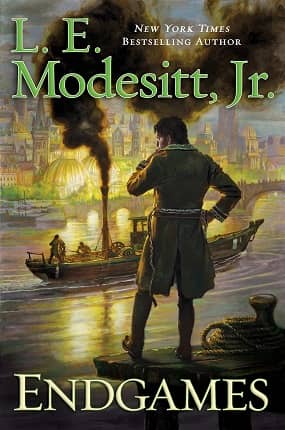When Earth is a Graveyard of Gods: Edges by Linda Nagata
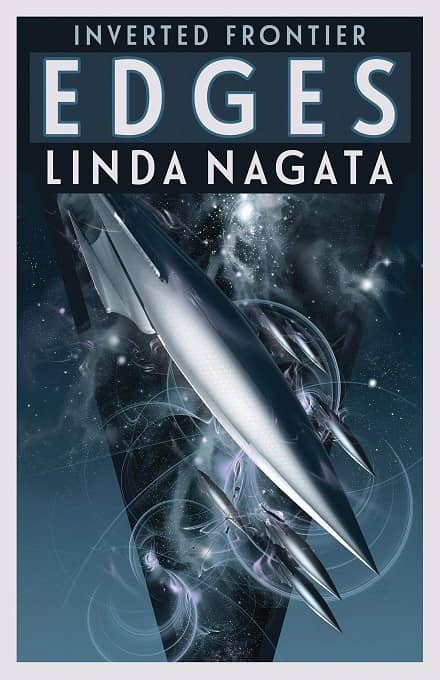 |
 |
The Fermi Paradox is relatively simple. It asks, considering the immense expanse of time, the apparent plentitude of planets in our galaxy, and thus the likelihood of intelligent life somewhere else — why don’t we see it? Why is the sky so resolutely silent? Answering this question has become something of a hobby among science fiction writers, with responses ranging from the transcendental to the sobering. Maybe life evolves quickly beyond the physical. Or maybe life is out there but quietly watching and waiting. Linda Nagata’s work offers a more straightforward answer: intelligent life is hunted.
In Nagata’s universe, Chenzeme coursers are living alien weapons: biomechanical vessels coated in hulls of intelligent “philosopher cells.” The ships are programmed to systematically hunt down technological civilizations and sterilize entire worlds. In her previous series, humanity’s spread into the frontier was halted by encounters with these vessels. The coursers were only one prong though in an ancient assault that had long outlasted the ship’s original creators. The other was an ancient virus, which bypassed the frontier worlds and affected the original core planets of humanity’s origins, including Earth, subsuming entire planetary populations into huge group-minds that went on to construct immense Dyson spheres enclosing their stars.
I fell into this universe through a paperback copy of the final book in her previous series, Vast (1998), and was immediately entranced (I reviewed Vast for Black Gate here). Nagata has a way of making the incredible distances, both in space and time, of galactic travel real. Humans are tenuous here, following divergent evolutionary roads, clinging to disparate worlds in the night. Vast followed an expedition from the planet Deception Well to find the source of the Chenzeme coursers and spun out from there into a stunning novel that was at its core a centuries-long chase sequence but managed to explore the characters and the biomechanical and technological realities of life aboard the exploratory ship.
All this to say I was thrilled when I learned that Nagata, after nearly two decades, was returning to this universe with a follow-up series called Inverted Frontier. The first book in this series, Edges, was released this spring and Nagata was kind enough to send me a pre-print for review.
